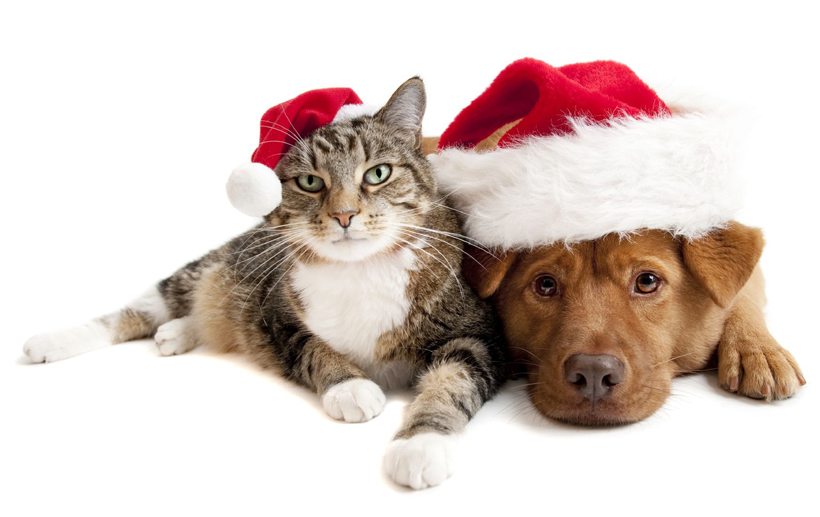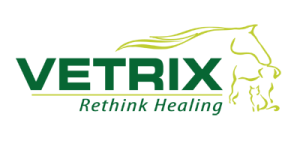How Vetrix® EyeQ Amniotic Eye Drops Promote Site-Specific Healing and Full Tissue Regeneration
Vetrix® EyeQ Amniotic Eye Drops are an advanced, non-surgical solution designed to promote natural healing in veterinary ophthalmology, particularly for treating conditions like corneal ulcers. By leveraging the natural regenerative capabilities of a patient’s cells, EyeQ drops foster site-specific healing and full tissue regeneration, effectively addressing ocular issues in both simple and complex cases.
The Power of Amnion in EyeQ Drops
The EyeQ Amniotic Eye Drops utilize amnion, a part of the amniotic membrane, known for its regenerative properties. This membrane is rich in anti-inflammatory and antimicrobial factors that create an optimal healing environment for the eye. The drops are made from amniotic membrane that has been carefully processed to retain its biological properties, which are crucial for promoting healing and reducing scarring. These components allow for healing of eye conditions like ulcers, while maintaining the integrity of the eye tissue.
Mechanism of Action: Harnessing the Body’s Natural Healing Capabilities
EyeQ drops work by providing a bioscaffold that encourages the migration of the patient’s own cells to the site of injury. This is crucial because the extracellular matrix (ECM) present in the drops mimics the natural environment in which cells thrive, enabling them to differentiate and promote tissue regeneration. Once applied to the damaged area, the amniotic membrane acts as a guide for native stem cells to migrate, attach, and begin the process of rebuilding damaged tissue.
This site-specific healing is possible because the bioscaffold mimics the body’s natural corneal basement membrane, providing structure and signaling cues that guide the patient’s cells to repair the damaged area efficiently. In the case of corneal ulcers, for instance, the EyeQ drops help epithelial cells regrow across the ulcer, promoting faster closure of the wound without leaving significant scarring. This is particularly beneficial in treating complex ulcers, which may otherwise result in corneal perforation or long-term visual impairment.
Addressing Corneal Ulcers and Other Ophthalmic Conditions
Corneal ulcers, a common condition seen in pets, can be caused by trauma, infection, or underlying ocular diseases. EyeQ Amniotic Eye Drops are especially effective in treating both corneal ulcers by reducing inflammation and promoting cell migration. For severe or melting ulcers, which involve deeper corneal damage and infection, EyeQ drops work in tandem with other therapies to reduce infection, halt tissue degradation, and facilitate robust tissue regeneration.
By providing natural anti-microbial and anti-inflammatory components, EyeQ drops help reduce the risk of secondary infections that can complicate ulcer treatment. The drops also soothe and protect the eye during the healing process, offering long-lasting lubrication, which is critical for corneal healing.
Full Tissue Regeneration
The key to full tissue regeneration is the ability of EyeQ Amniotic Eye Drops to prevent scarring, a common issue in healing corneal ulcers. Through the modulation of fibroblast growth factors, EyeQ drops help minimize fibrotic tissue formation, leading to a smoother, clearer cornea. The drops also contain heavy-chain hyaluronic acid (HC-HA), which provides sustained lubrication and protection to the eye, ensuring that the healing process continues uninterrupted.
As the healing progresses, the patient’s tissue gradually replaces the bioscaffold provided by the drops, leaving behind fully regenerated, organized, and functional tissue. This is crucial in ophthalmology, as restoring clear corneal tissue is vital to maintaining vision.
Conclusion
Vetrix® EyeQ Amniotic Eye Drops represent a groundbreaking approach to regenerative medicine in veterinary ophthalmology. By utilizing the natural healing powers of amnion and providing an ECM-rich bioscaffold, these drops harness the body’s inherent ability to heal, offering a non-invasive, highly effective treatment for corneal ulcers and other eye conditions. Whether used alone or in conjunction with other treatments, EyeQ Amniotic Eye Drops deliver superior healing outcomes, promoting site-specific regeneration and helping animals recover their vision without the complications of scarring or infection.

 Any veterinarian worth their salt knows that providing superior wound care treatment starts with assessing the overall stability of the animal. Once the patient is stable, the next step is administering first aid for the wound as soon as safely possible. Your treatment should follow the fundamentals of
Any veterinarian worth their salt knows that providing superior wound care treatment starts with assessing the overall stability of the animal. Once the patient is stable, the next step is administering first aid for the wound as soon as safely possible. Your treatment should follow the fundamentals of 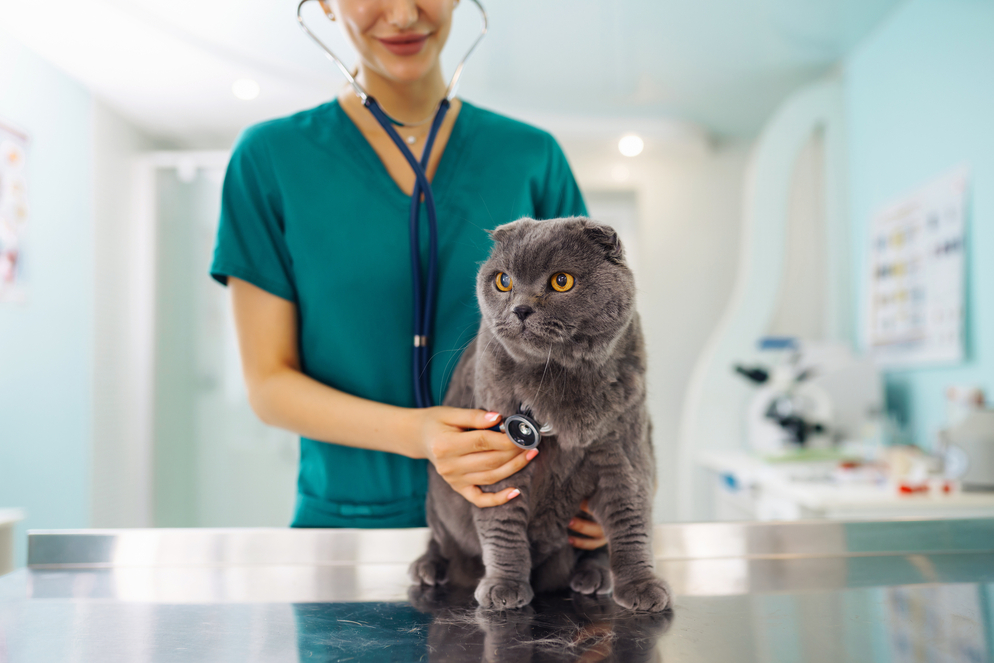
 Veterinary medicine is constantly changing and evolving. We’re thankful for the innovation, but as new technologies and treatments are developed, it impacts how we care for animal patients. Keeping up with the ever-expanding veterinary world can be overwhelming. To make keeping up with the best veterinary care available easier, we’d like to share a short list of three trends to watch in 2023.
Veterinary medicine is constantly changing and evolving. We’re thankful for the innovation, but as new technologies and treatments are developed, it impacts how we care for animal patients. Keeping up with the ever-expanding veterinary world can be overwhelming. To make keeping up with the best veterinary care available easier, we’d like to share a short list of three trends to watch in 2023.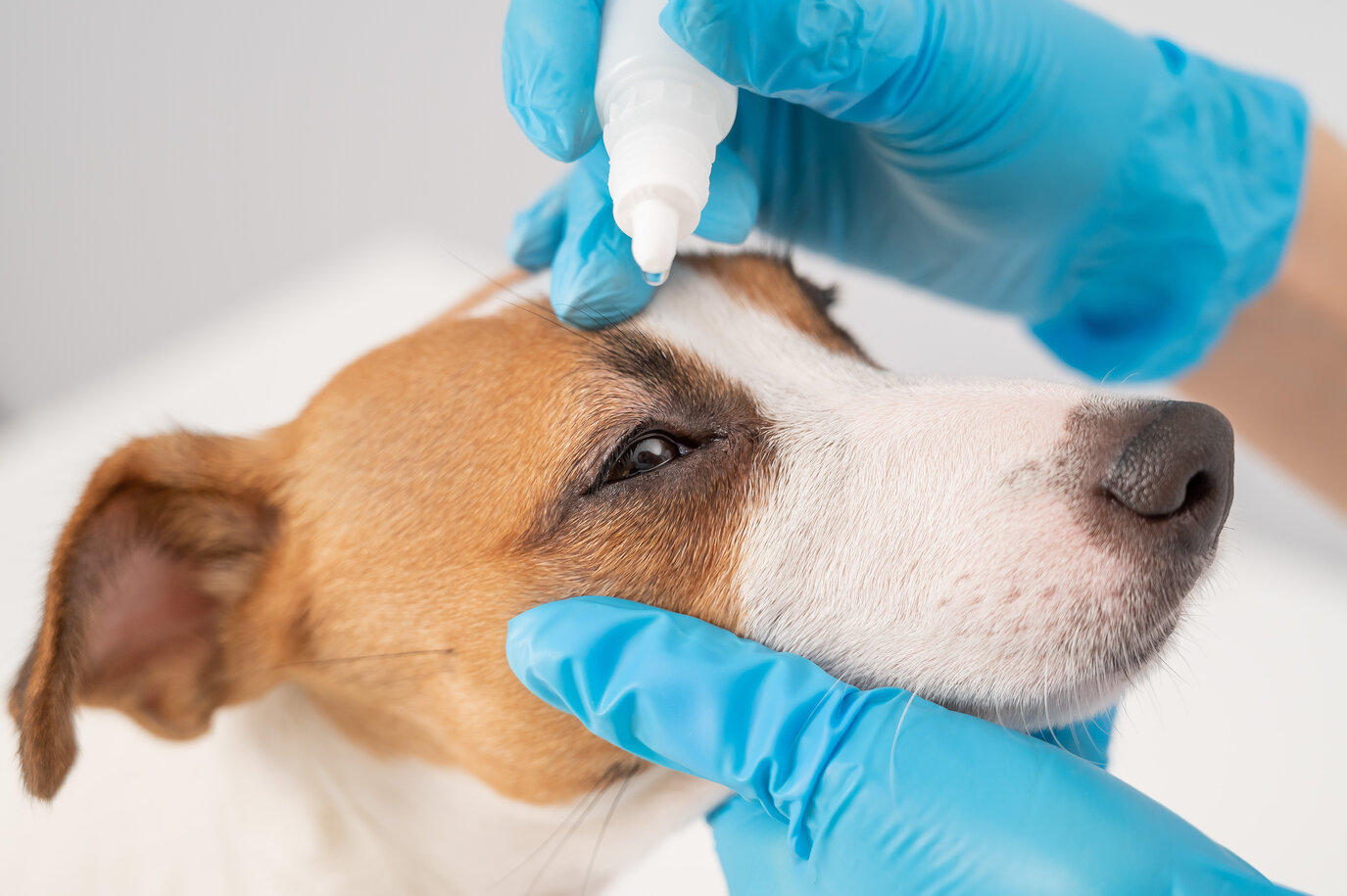 Keratoconjunctivitis sicca (KCS), often referred to as dry eye, is inflammation of the cornea and surrounding tissues due to inadequate production of tears. Tears are necessary to lubricate the cornea and remove debris or any infectious agents that come in contact with the eye. The tear film is a mixture of mucus, fatty liquid, and water.
Keratoconjunctivitis sicca (KCS), often referred to as dry eye, is inflammation of the cornea and surrounding tissues due to inadequate production of tears. Tears are necessary to lubricate the cornea and remove debris or any infectious agents that come in contact with the eye. The tear film is a mixture of mucus, fatty liquid, and water.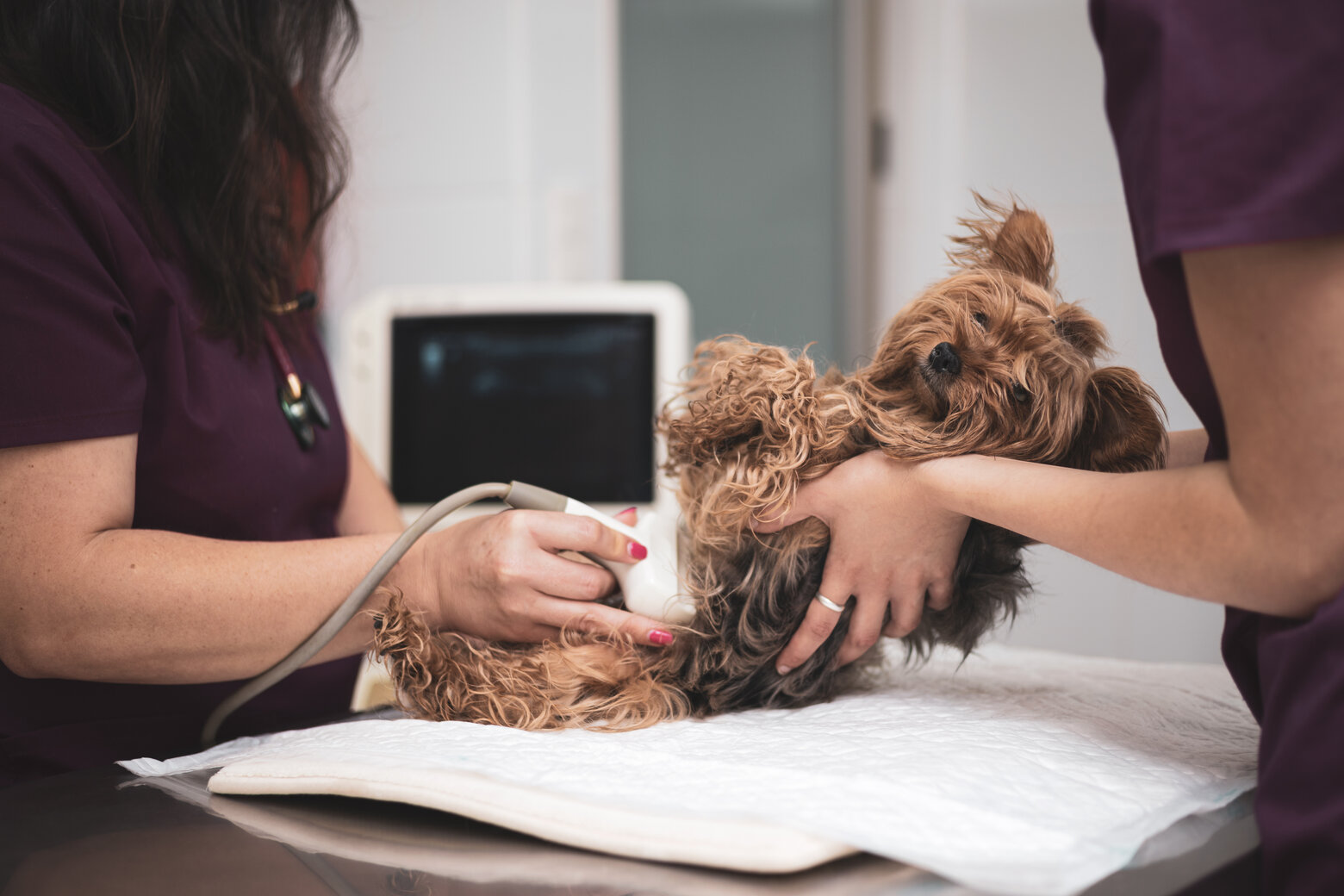 Your furbaby needs gastrointestinal surgery, and you have all kinds of questions. We’re here to discuss how you can prepare and what you need to know.
Your furbaby needs gastrointestinal surgery, and you have all kinds of questions. We’re here to discuss how you can prepare and what you need to know.